|
|
Post by magpiejack on Nov 10, 2019 14:41:54 GMT
Britain's Crystal Palace, built for the Great Exhibition in 1851 in Hyde Park, was later moved to Sydenham Park where it was destroyed by fire in 1936. There's a short Pathé News clip of the fire: I knew about this fire, but I wasn't aware until recently that there were several other crystal palaces that also met their end in flames. The New York Crystal Palace, inspired by the one in London, was created for the Exhibition of the Industry of All Nations in 1853, in the area now known as Bryant Park. It went up in flames during an exhibition in 1858; fortunately no lives were lost. 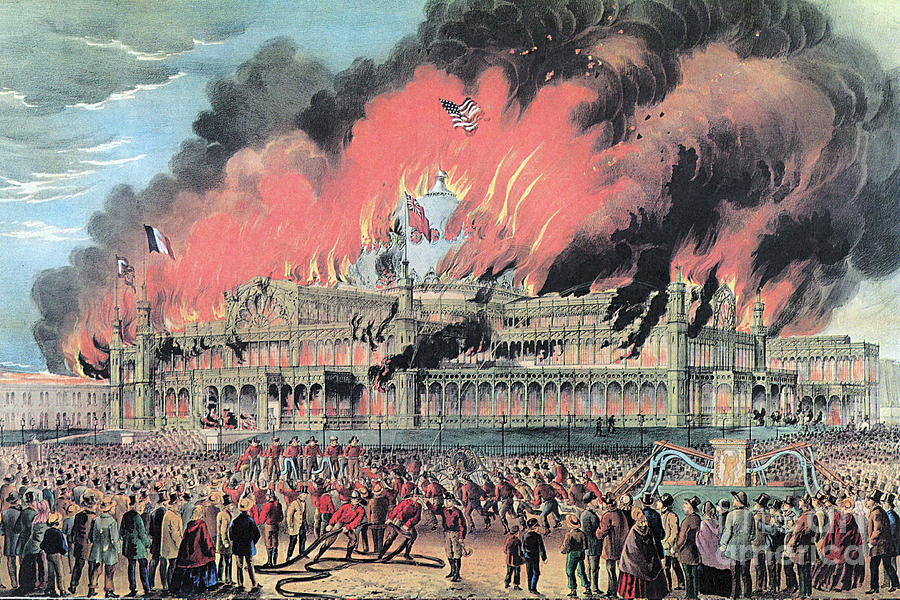 Amsterdam's Paleis voor Volkslijt, also inspired by London's Crystal Palace, was built in 1864 and perished in a fire in 1929.  Vienna also had a crystal palace - the Rotunda - which was built in 1873 for the Great Exhibition and was destroyed in 1937. There is also a short Pathé News clip of its destruction.
The Garden Palace in Sydney, Australia was also inspired by London's Crystal Palace, constructed for the Sydney International Exhibition in 1879. It met its end in flames in 1882. Its heyday before the fire:  ...and the ruins after the fire:  |
|
UnseenI
Eternal Member  "Part Of The Furniture"
Keeping on keeping on
"Part Of The Furniture"
Keeping on keeping on
Posts: 8,278 

|
Post by UnseenI on Nov 11, 2019 8:56:34 GMT
London’s Crystal Palace has been featured in the Sphinx thread. I have been there a few times and seen the ruins.
I didn’t know about those others.
Is it just a coincidence that they all burned down?
|
|
|
|
Post by magpiejack on Nov 11, 2019 16:14:01 GMT
London’s Crystal Palace has been featured in the Sphinx thread. I have been there a few times and seen the ruins. I didn’t know about those others. Is it just a coincidence that they all burned down? A former colleague had visited the fire site in Sydenham the day after the fire, he was a teenager at that time and he showed me the charred souvenirs that he had found and kept. I didn't know that the ruins are still there, I must make a detour to see them some day. Coincidence? I don't know, though it seems odd that so many burnt down. Apparently there were other exhibition venues around the world that burnt down that had hosted World Fair-type exhibitions, I'll try to look into those when I have time. It could be the type of 19th century construction at the root of it; wood being used back then, and also gas used for lighting. |
|
UnseenI
Eternal Member  "Part Of The Furniture"
Keeping on keeping on
"Part Of The Furniture"
Keeping on keeping on
Posts: 8,278 

|
Post by UnseenI on Nov 12, 2019 8:28:54 GMT
Crystal Palace disasters
Gas canisters and workmen’s cigarettes are often to blame in these cases. The London Crystal Palace had huge water tanks but they had been permanently emptied years before the fire. The main building might have been saved if they had still been full. There is nothing left now but some of the stone terraces and statues: 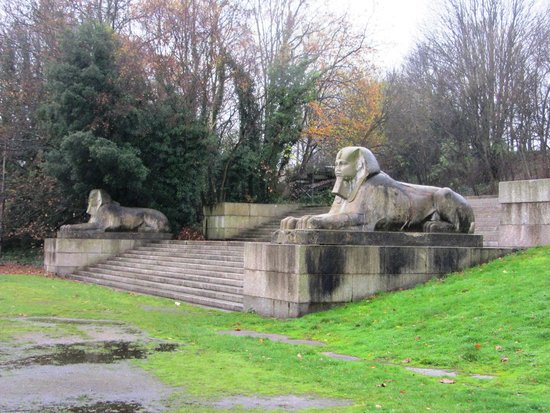 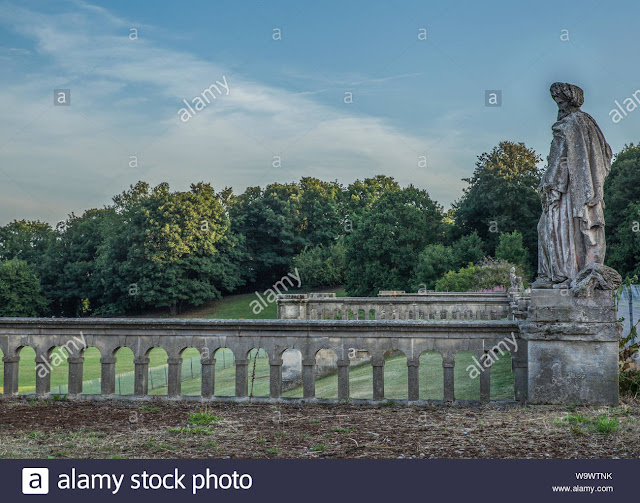
|
|
UnseenI
Eternal Member  "Part Of The Furniture"
Keeping on keeping on
"Part Of The Furniture"
Keeping on keeping on
Posts: 8,278 

|
Post by UnseenI on Nov 13, 2019 7:35:01 GMT
Electrical faults are another possible cause in the case of 20th century fires.
I watched the Pathé News video from London November 1936 - amazing!
|
|
|
|
Post by magpiejack on Nov 13, 2019 9:56:30 GMT
Electrical faults are another possible cause in the case of 20th century fires. I watched the Pathé News video from London November 1936 - amazing! Yes, I would imagine that electrical wiring would have been more primitive back then. I don't think that wires were sheathed in plastic as they are today. I love Pathé - the posh voice and the orchestral accompaniment to heighten the drama! They were shown in cinemas in the pre-television age, so audiences would have seen it on the big screen. Seeing as early TV sets were tiny, it would have been a far better way to view the scene. |
|
Avacyn
Project Manager 
Posts: 11,346

|
Post by Avacyn on Oct 18, 2023 6:34:09 GMT
London’s Crystal Palace has been featured in the Sphinx thread. I have been there a few times and seen the ruins. I didn’t know about those others. Is it just a coincidence that they all burned down? A former colleague had visited the fire site in Sydenham the day after the fire, he was a teenager at that time and he showed me the charred souvenirs that he had found and kept. I didn't know that the ruins are still there, I must make a detour to see them some day. Coincidence? I don't know, though it seems odd that so many burnt down. Apparently there were other exhibition venues around the world that burnt down that had hosted World Fair-type exhibitions, I'll try to look into those when I have time. It could be the type of 19th century construction at the root of it; wood being used back then, and also gas used for lighting. Looking at this, I am immediately thinking of World Fairs. What has my attention is the attenna-like structures to the buildings. That is deeply unusual. |
|
Avacyn
Project Manager 
Posts: 11,346

|
Post by Avacyn on Oct 18, 2023 6:38:03 GMT
Electrical faults are another possible cause in the case of 20th century fires. I watched the Pathé News video from London November 1936 - amazing! Yes, I would imagine that electrical wiring would have been more primitive back then. I don't think that wires were sheathed in plastic as they are today. I love Pathé - the posh voice and the orchestral accompaniment to heighten the drama! They were shown in cinemas in the pre-television age, so audiences would have seen it on the big screen. Seeing as early TV sets were tiny, it would have been a far better way to view the scene. The first electrical wires were bare, and were attached to walls - children could touch them and get electrocuted. The question I have for this subject... why were these crystal palaces built in the first place? What was the official reason to construction? |
|
UnseenI
Eternal Member  "Part Of The Furniture"
Keeping on keeping on
"Part Of The Furniture"
Keeping on keeping on
Posts: 8,278 

|
Post by UnseenI on Oct 23, 2023 17:20:22 GMT
“The question I have for this subject... why were these crystal palaces built in the first place? What was the official reason to construction?” In many cases they were temporary constructions for a special event intended to attract large crowds, and the main alternative would have been a huge tent. An iron and glass construction was more robust and would have not needed lighting during the daytime. This is just a quick answer. The full story may be more complex and have symbolic – and sinister – elements! Hyde Park 1851: 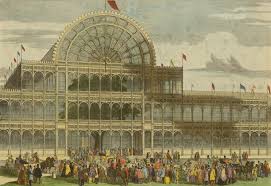 |
|
Avacyn
Project Manager 
Posts: 11,346

|
Post by Avacyn on Nov 7, 2023 7:39:16 GMT
I am very much tied up with researching historical subjects, but have taken a look into this, and... it was the first World Fair. Which answes a few things for me.
I am now wondering what Hyde Park looked like before the construction. Was there something they wanted to remove because it was inconvenient for it to keep existing?
|
|
UnseenI
Eternal Member  "Part Of The Furniture"
Keeping on keeping on
"Part Of The Furniture"
Keeping on keeping on
Posts: 8,278 

|
Post by UnseenI on Nov 7, 2023 17:17:08 GMT
Maybe I am being cynical here, but the buildings became white elephants once they had served their purpose. Maybe burning them down was cheaper than demolishing them...I wonder whether there was any insurance money involved... Hyde Park was selected because it is the largest of London's central parks. I think that there was just a long strip of bare grass on the site before and after the Exhibition. The Exhibition area is outlined in pink: 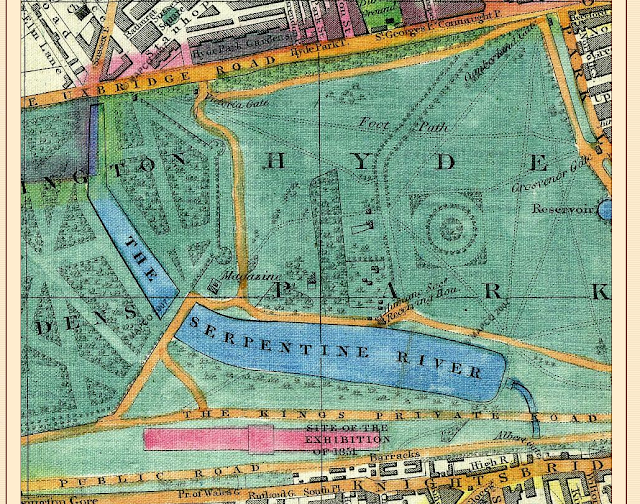 |
|